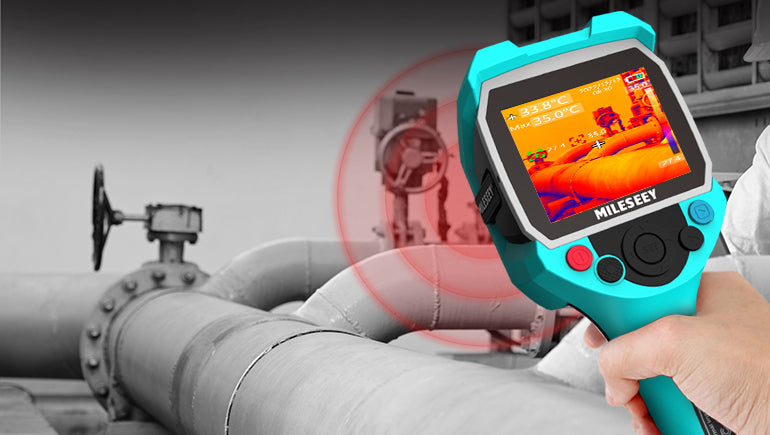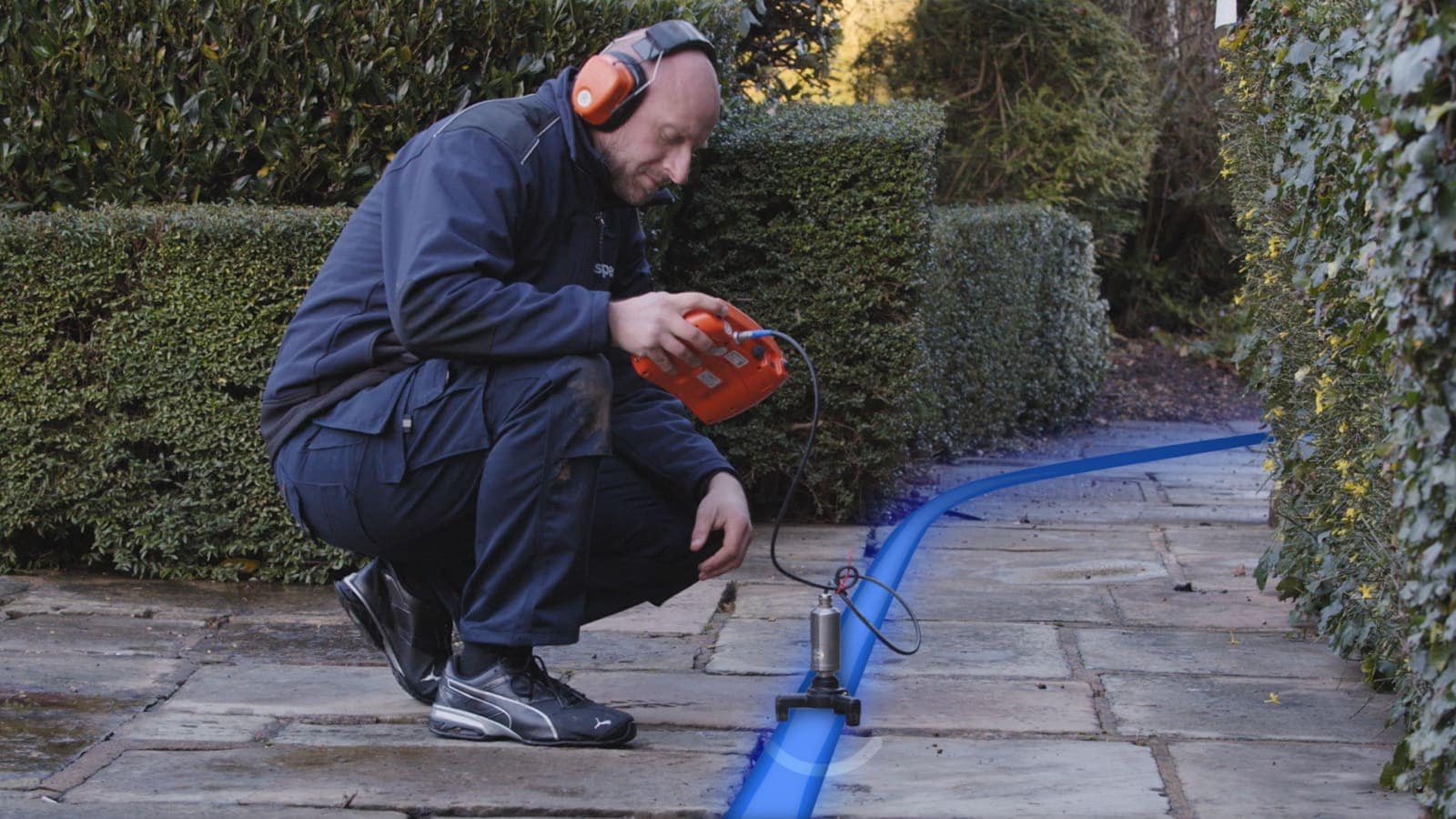Avoid Major Problems with Early Water Leak Detection and Trigger Repair Works
Ingenious Solutions for Very Early Detection of Water Leakages in Buildings and Facilities
As the integrity of structures and facilities is extremely important, the difficulty of very early discovery of water leakages has actually spurred cutting-edge solutions that promise to change the method we protect against possible problems. From sophisticated leakage discovery modern technologies to the release of IoT sensors for real-time tracking, the landscape of leakage prevention is evolving quickly. Artificial intelligence algorithms use a glance into the future of leak forecast, while thermal imaging offers a non-intrusive method for determining concealed leakages. Automated water flow evaluation systems are reshaping just how leaks are determined and attended to, paving the way for a proactive strategy to water leakage detection. Each of these services holds the crucial to making sure the dependability and durability of our built environment, motivating a change towards a much more lasting and reliable future.
Advanced Leak Detection Technologies
Advanced leakage discovery innovations, geared up with sophisticated sensing units and algorithms, play a vital duty in quickly identifying and identifying water leaks in various setups. These technologies use a combination of acoustic, thermal, and electro-magnetic picking up methods to identify leakages properly. Acoustic sensors spot the audio of running away water, enabling for accurate localization of the leakage resource. Thermal imaging identifies temperature adjustments triggered by water leak, supplying another efficient method for leakage recognition. Electromagnetic sensors can recognize modifications in magnetic fields triggered by water, offering yet an additional layer of leak detection capacity.

IoT Sensors for Real-Time Tracking
In the world of modern-day water leak detection, the assimilation of IoT sensing units for real-time monitoring represents an essential advancement in improving positive leakage discovery capabilities. These sensors provide constant tracking of water supply, giving real-time data on water flow rates, pressure variations, and temperature level modifications. By leveraging IoT modern technology, these sensors can discover also the tiniest abnormalities in water use patterns, making it possible for very early recognition of prospective leakages prior to they rise right into major issues.
IoT sensors transfer information to a central platform, where sophisticated algorithms examine the details and generate notifies or notifications when abnormalities are discovered. This real-time surveillance capacity enables homeowner or facility managers to quickly deal with leakages, lessening water damage, decreasing fixing expenses, and saving water resources.
Furthermore, IoT sensors can be incorporated with structure administration systems, permitting automated responses to detected leakages, such as closing off water valves or activating pumps to mitigate the influence of leakages. In general, the implementation of IoT sensors for real-time surveillance dramatically improves the efficiency and performance of water leakage detection in structures and facilities.
Device Learning Algorithms for Leakage Prediction

One trick benefit of using machine learning for leak prediction is its ability to continually learn and enhance its precision over time. As even more data is gathered and fed into the formula, it can refine its forecasts and adapt to changing problems, ultimately increasing the integrity of leak discovery systems.
Additionally, device learning formulas can help in recognizing subtle indicators of leaks that might go unnoticed by traditional tracking methods. water leak detection. By examining complicated information sets in real-time, these formulas can offer very early warnings and signals, enabling for prompt treatment and preventive upkeep to reduce potential water damages and connected prices
Making Use Of Thermal Imaging for Leakage Detection
Thermal imaging technology supplies a promising strategy for finding water leaks in numerous systems and infrastructures. By using infrared radiation and temperature level variances, thermal imaging cams can identify concealed leakages that are not easily visible to the nude eye. When water escapes from pipes or frameworks, it frequently alters the temperature of the bordering area, producing temperature level differentials that thermal video cameras can record. These temperature level abnormalities are after that translated into visible pictures, highlighting the precise area of the leakage.
One of the essential benefits of thermal imaging for leakage detection is its non-intrusive nature. On the whole, the use of thermal imaging innovation improves the performance and precision of water leakage detection, making it an important device for preserving the stability of buildings and frameworks.
Automated Water Circulation Evaluation Equipments
Exactly how can automated water circulation analysis systems revolutionize the discovery and management of leakages in various systems and frameworks? Automated water flow evaluation systems provide an aggressive strategy to leak discovery by continuously monitoring water circulation prices and patterns. By establishing standard data, these systems can swiftly identify inconsistencies that may suggest a leak, allowing punctual intervention to protect against substantial damage.
These webpage systems use innovative algorithms to evaluate real-time information and provide instant signals when anomalies are found, permitting quick activity to be taken. Additionally, automatic water circulation evaluation systems can be integrated with building monitoring link systems or IoT systems, enhancing general effectiveness and making it possible for remote monitoring capabilities.
In addition, the information accumulated by these systems can be made use of for anticipating upkeep objectives, aiding to recognize possible weak factors in the framework prior to leaks happen. In general, the application of automatic water flow analysis systems can significantly improve leak discovery and monitoring techniques, inevitably causing set you back savings, decreased water wastage, and increased sustainability in buildings and framework.

Conclusion
Finally, the integration of sophisticated leakage discovery innovations, IoT sensing units, device learning formulas, thermal imaging, and automated water flow evaluation systems supplies ingenious remedies for early discovery of water leakages in buildings and facilities. These modern technologies enable real-time tracking, forecast of leakages, and effective discovery methods to stop water damages and wastefulness. Applying these find this solutions can help in preserving the honesty and sustainability of water supply in various settings.